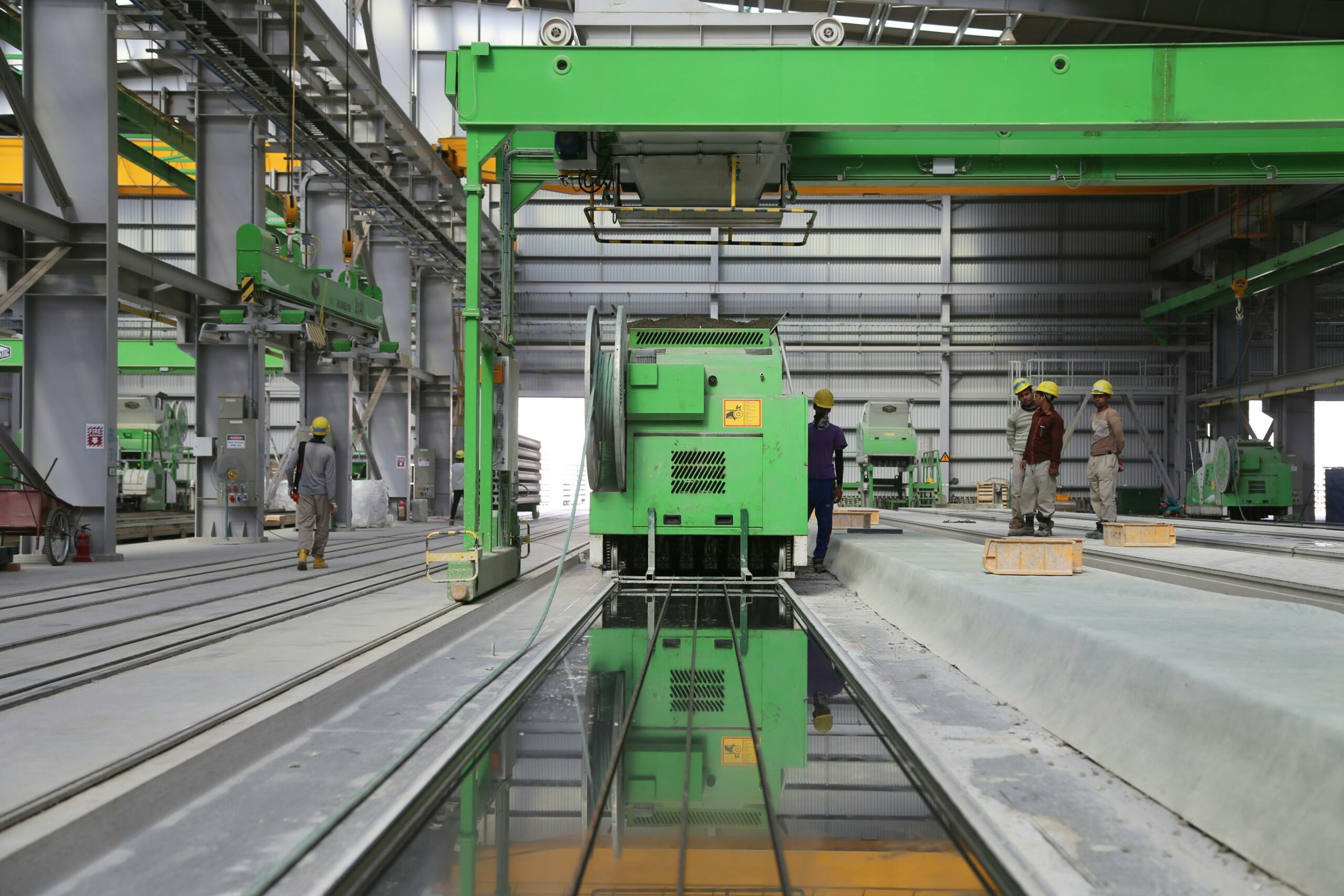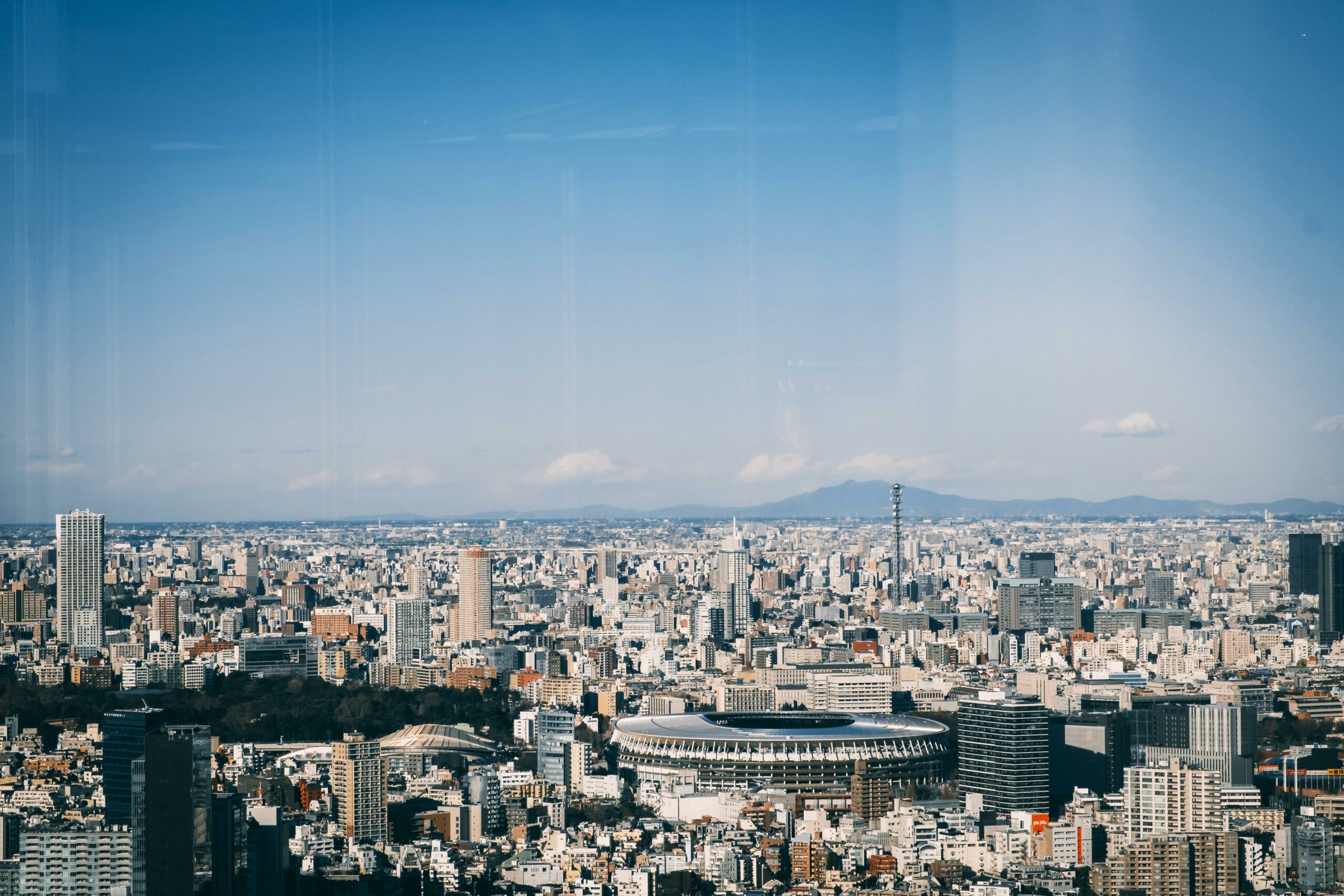Kaizen as a Way of Thinking, Not Just a Tool
When I first encountered Kaizen (改善), it wasn’t through books or management theories. It was on the factory floor, working alongside my Japanese colleagues in an environment where small, continuous improvements were part of daily life.
At first, I saw Kaizen as a practical methodology—reducing waste, improving efficiency, optimizing workflows. But over time, I realized that Kaizen is not just a tool—it is a way of thinking. It is an approach to business, sustainability, and even leadership that continuously asks:
- How can we do better today than we did yesterday?
- Where are inefficiencies hiding, and how can we eliminate them?
- How do we create long-term value instead of short-term fixes?
Now, as businesses face global sustainability challenges, I see more than ever how Kaizen offers a powerful framework for creating sustainable, future-ready industries.
1. Learning Kaizen at Genba: Small Improvements, Big Impact
My day to day work involved spending significant time in manufacturing sites, in Japan and across Europe, where I learned the real meaning of Kaizen:
✔ Observe the work, don’t assume. The best ideas for improvement often come from the people closest to the process.
✔ Small, consistent improvements matter more than big, one-time changes. A factory that improves by just 1% every week becomes unrecognizably better over time.
✔ Kaizen is never “done.” The moment you stop improving is the moment you start falling behind.
The key lesson? Kaizen is not a project with an end date—it’s a continuous commitment. This applies not only to manufacturing but also to business sustainability and industrial transformation.
2. Kaizen and Sustainability: A Natural Fit
The essence of Kaizen is reducing waste—a principle at the heart of sustainability. Waste is not just material inefficiency; it includes wasted energy, time, resources, and even human potential.
In factories, we applied Kaizen to minimize defects, optimize processes, and cut excess material use. Today, businesses are applying the same logic to:
- Energy efficiency—reducing excess consumption instead of just buying carbon offsets.
- Supply chain sustainability—eliminating unnecessary transport, overproduction, and raw material waste.
- Circular economy models—redesigning production systems to reuse and repurpose instead of discard.
Sustainability should not be a side project. It should be built into every process, reviewed continuously, and refined in real-time—exactly how Kaizen operates.
3. Breaking the “Big Transformation” Mentality
One of the biggest misconceptions I’ve encountered is the belief that sustainability requires radical, all-at-once transformation. In reality, large-scale change often fails because it is too complex, too expensive, and too disruptive.
Kaizen offers a better alternative:
- Start with what you can change today—even if it’s just a 1% efficiency gain.
- Observe, measure, and refine—real sustainability comes from data-driven, incremental adjustments.
- Engage the entire organization—Kaizen is not about management imposing changes; it’s about collective problem-solving.
Companies that embed continuous, small improvements into their daily operations will ultimately outperform those waiting for a perfect sustainability solution.
4. The Human Element: Sustainability is About People Too
One of the most important lessons I learned from my Japanese colleagues is that Kaizen is not just about machines and processes—it is about people.
Sustainability is often framed as an environmental or regulatory challenge, but its success depends on company culture.
- Do employees feel ownership over sustainability goals?
- Are small improvements encouraged and recognized?
- Is leadership actively engaged in identifying and solving inefficiencies?
Sustainable companies, like Kaizen-driven factories, are built on an engaged workforce that continuously questions, refines, and improves the way things are done.
5. Sustainability is a Journey, Not a Destination
One of the hardest lessons for Western businesses to accept is that sustainability is never “finished.” Companies often treat it like a certification to achieve rather than an evolving commitment.
This is exactly where Kaizen thinking makes the difference:
- It’s not about meeting a sustainability target and stopping. It’s about continuously looking for ways to improve further.
- It’s not about having a “perfect” sustainability strategy. It’s about starting where you are and making progress every day.
- It’s not about compliance alone. It’s about building long-term resilience by constantly adapting and refining business operations.
At EcoGeniq, we apply Kaizen thinking to help businesses develop practical, incremental strategies for sustainability—ones that evolve and improve over time.
Final Reflections
Looking back, Kaizen shaped the way I approach business, leadership, and sustainability. It taught me that:
- Perfection is the enemy of progress. Start small, improve daily.
- Sustainability must be built into operations, not treated as an external add-on.
- The best solutions come from the people who do the work—listen, engage, and empower.
Sustainability is not a fixed state—it is a continuous process of learning, adaptation, and improvement. Companies that embrace this mindset will not only meet today’s sustainability challenges but will also be better prepared for the future.
For companies looking to embed continuous improvement into their sustainability strategies, EcoGeniq is here to help!

